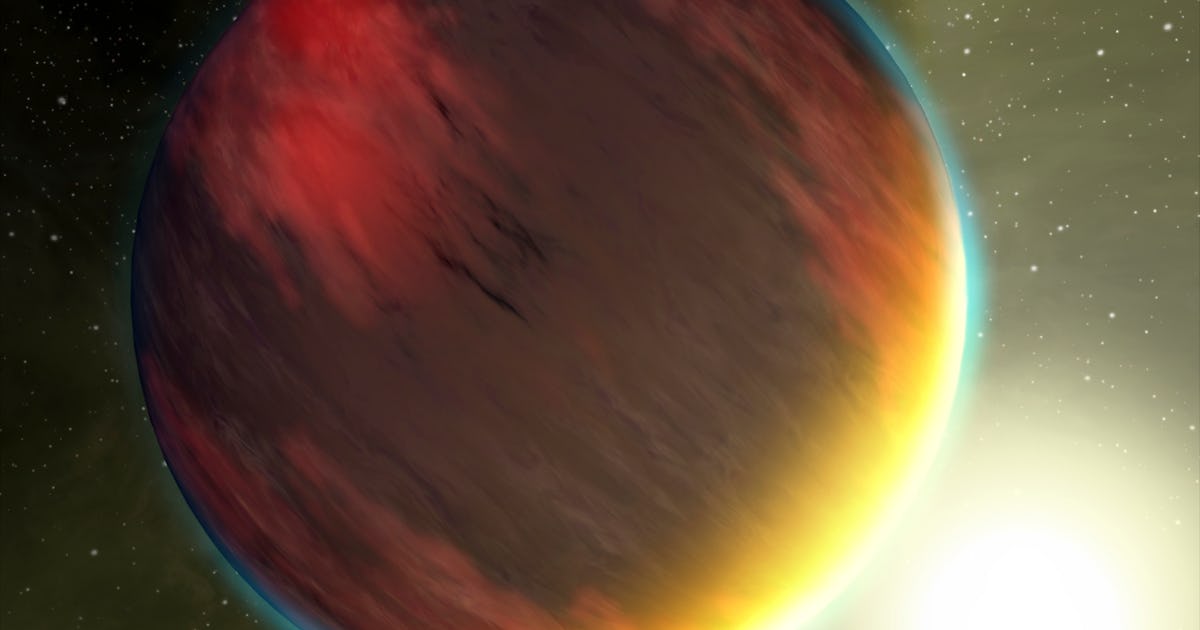The James Webb Space Telescope won't just look for distance galaxies.
When the James Webb Space Telescope (JWST) begins operations over the summer, it will be training the largest, most powerful set of mirrors and instruments ever launched into space on some of the most distant and fascinating targets in the cosmo: The very first stars and galaxies to form in our universe, of course, but also exoplanets.
“Full disclosure,” Lewis says, “we’re not going to get pretty pictures of exoplanets.” JWST is big and powerful and will see billions of years into the past, but resolving a distant exoplanet next to its star so that it looks like a Hubble or Voyager image of a planet in our Solar System is still far beyond its powers.
We’ll see exoplanets directly, Lewis says, the larger ones anyway, but they’ll appear as “just one bright dot.”.
“When we look at planets, we think of them as they look like in optical because of the light reflected off of them,” Lewis says.
The venerable Hubble Space Telescope has done amazing astronomy, but it sees primarily in the optical, UV, and near-infrared wavelengths.
“We’re going to be able to look at signatures from things like carbon dioxide, carbon monoxide, methane, all sorts of fun species,” Lewis says.
While Webb’s capacity to study the most extremely distant objects in the universe rightfully garners a lot of attention and excitement, the space telescope will spend a lot of time peering deeply at objects closer to home as well.
Heidi Hammel, an interdisciplinary scientist involved with Webb since the early 2000s, will be using her observing time to look at just about everything visible in our Solar System outside the orbit of the Moon, from Mars, to asteroids, the outer planets, and even the strange frigid worlds of the Kuiper belt.
In explaining what Uranus will look like through Webb, she refers to a collection of images of the gas giant taken by Hubble, the Keck Observatory, and the European Very Large Telescope (VLT).
